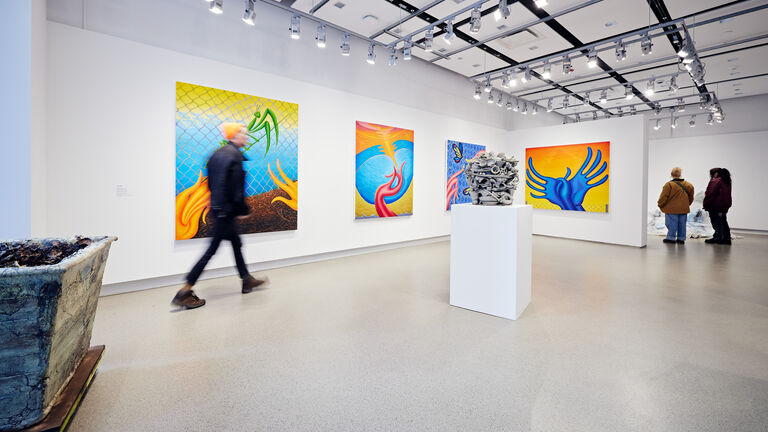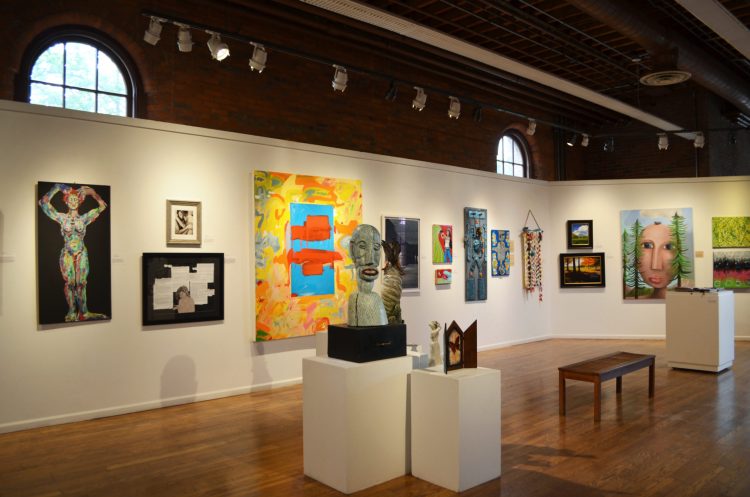1. Introduction: The Timeless Power of Exhibitions
Exhibitions have long been gateways to culture, enabling societies to share ideas, preserve traditions, and showcase innovations.
From ancient fairs displaying rare artifacts to modern digital expos, exhibitions have continually evolved to reflect the values and aspirations of their times.
2. Historical Roots of Exhibitions
- Ancient Fairs and Religious Festivals: Early exhibitions were often tied to spiritual practices or seasonal trade gatherings.
- The Rise of World’s Fairs: Events like the 1851 Great Exhibition in London symbolized the dawn of the Industrial Age, bringing inventions and cultures together.
- Museums and Cultural Halls: Permanent exhibitions in the 19th and 20th centuries preserved cultural heritage and offered public education.
Exhibitions historically acted as cultural mirrors, reflecting the priorities of their eras.
3. Exhibitions as Cultural Bridges
Modern exhibitions continue to connect communities:
- Art and Heritage Shows: Museums curate works that allow people to engage with traditions and histories they might never otherwise encounter.
- Cross-Cultural Events: International biennales and traveling exhibitions promote global dialogue and mutual understanding.
- Creative Collaborations: Exhibitions bring artists, scientists, and technologists together to explore new possibilities.
Through such gatherings, exhibitions help bridge the past with the present and the local with the global.

4. The Digital Turn: Virtual Exhibitions
The COVID-19 pandemic accelerated the adoption of online and hybrid exhibitions:
- Virtual reality (VR) galleries let visitors explore art collections from their homes.
- Interactive digital platforms enable broader participation and global reach.
- Hybrid models blend physical presence with live-streaming, creating new forms of engagement.
This shift has expanded accessibility, making cultural experiences more inclusive.
5. Challenges in Modern Exhibitions
Despite their potential, exhibitions face new pressures:
- Commercialization: Some exhibitions prioritize profit over cultural value.
- Accessibility Gaps: Not all communities can access high-tech exhibition formats.
- Cultural Representation: Ensuring diversity and avoiding tokenism remain persistent challenges.
Balancing economic viability with cultural integrity is a central task for today’s curators.
6. Conclusion: Exhibitions as Living Cultural Ecosystems
Exhibitions remain powerful cultural platforms, evolving from static displays to dynamic experiences.
As they embrace technology and inclusivity, they will continue to act as living bridges between history, innovation, and the global community.
















































